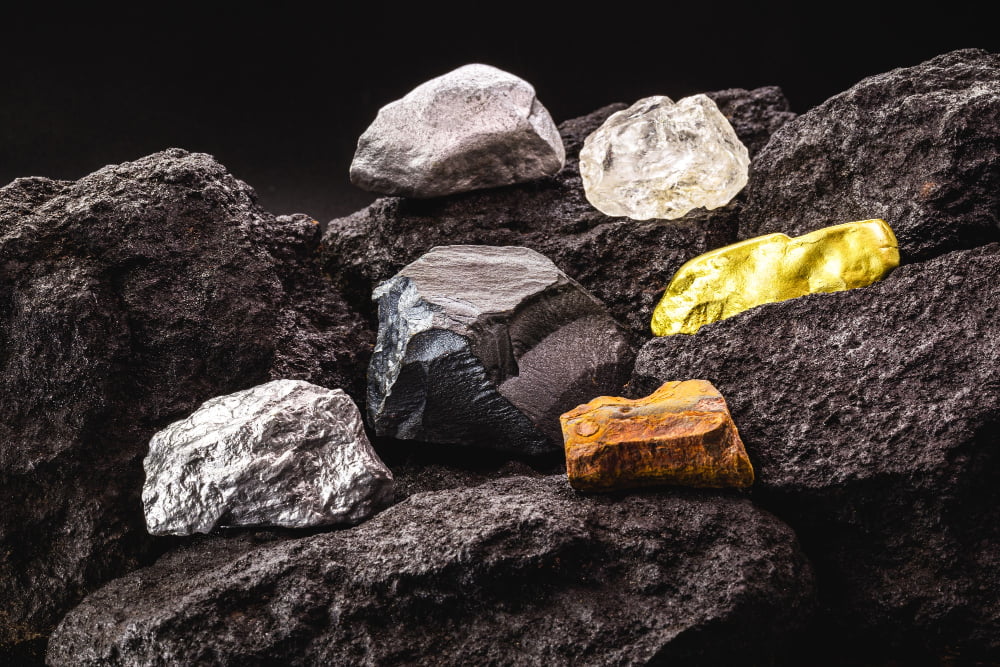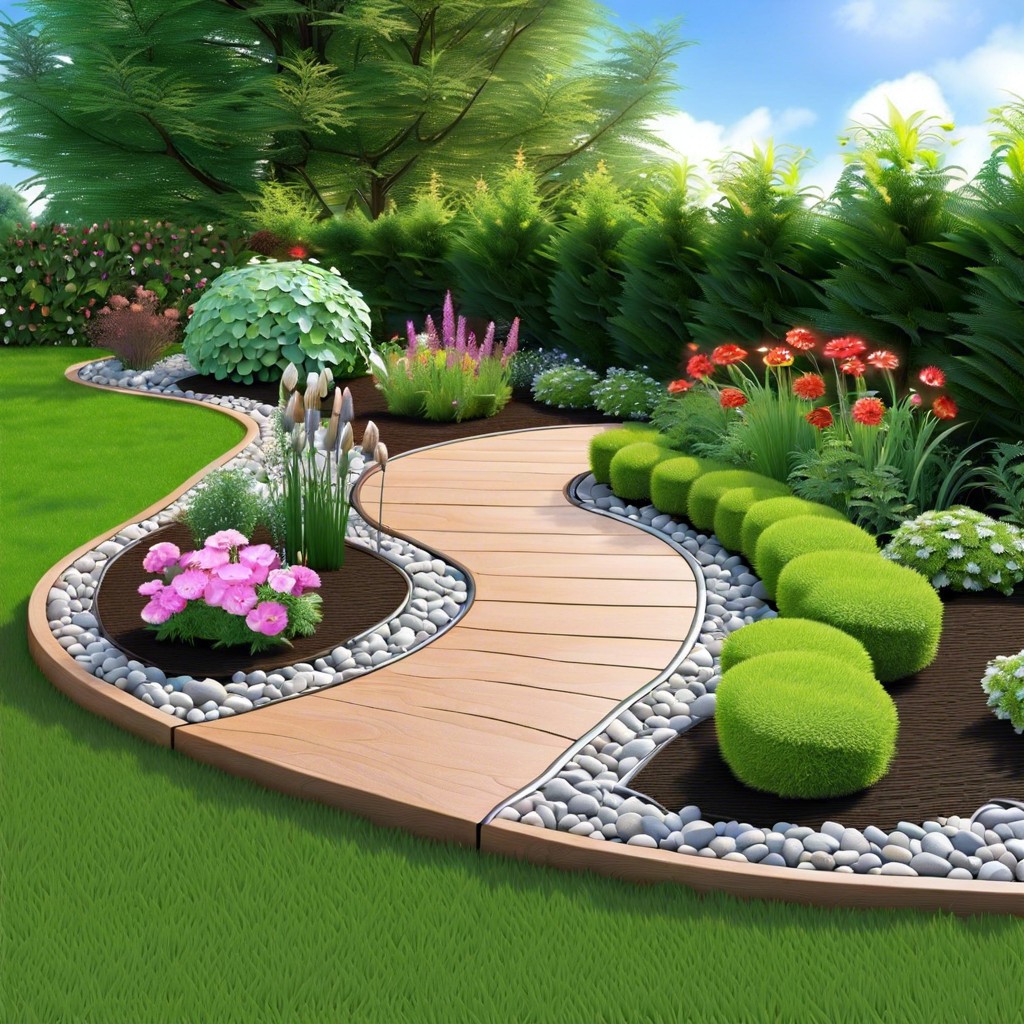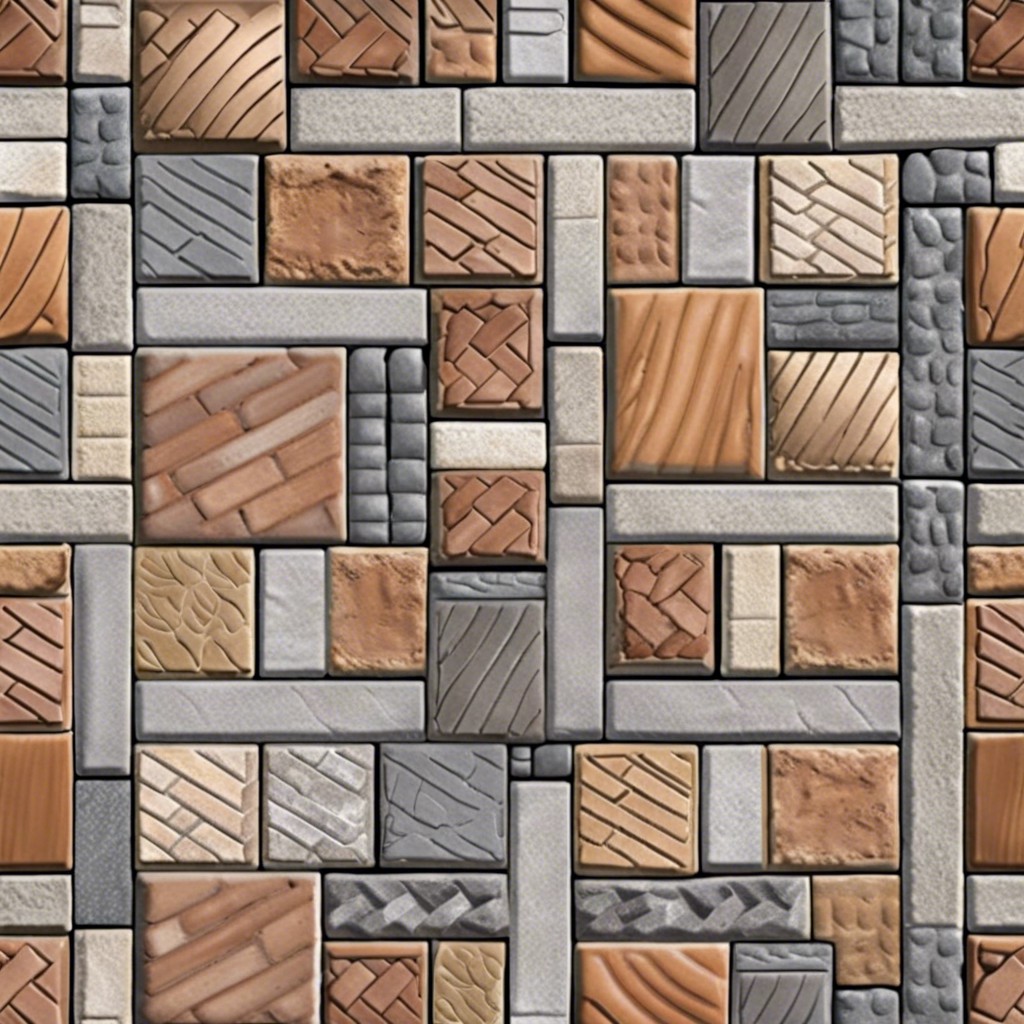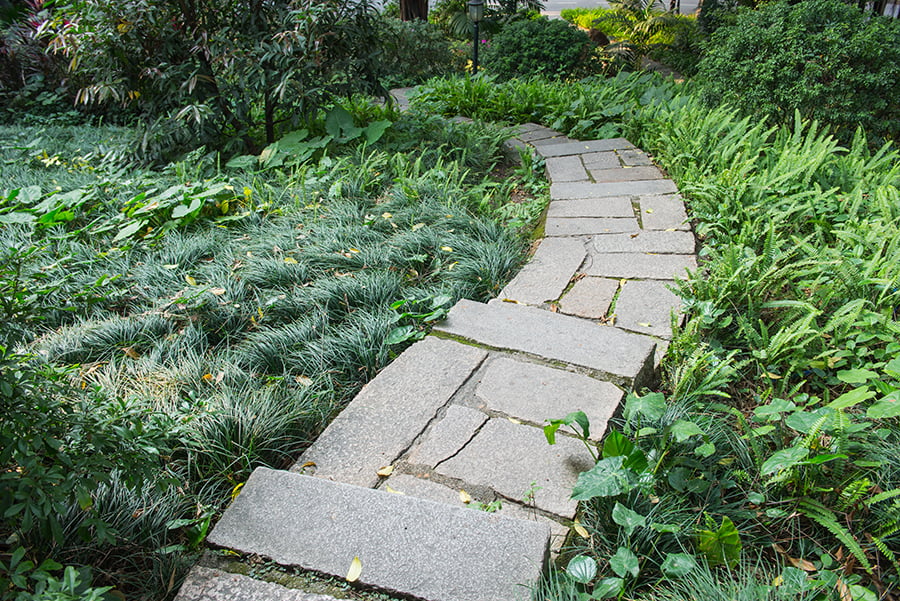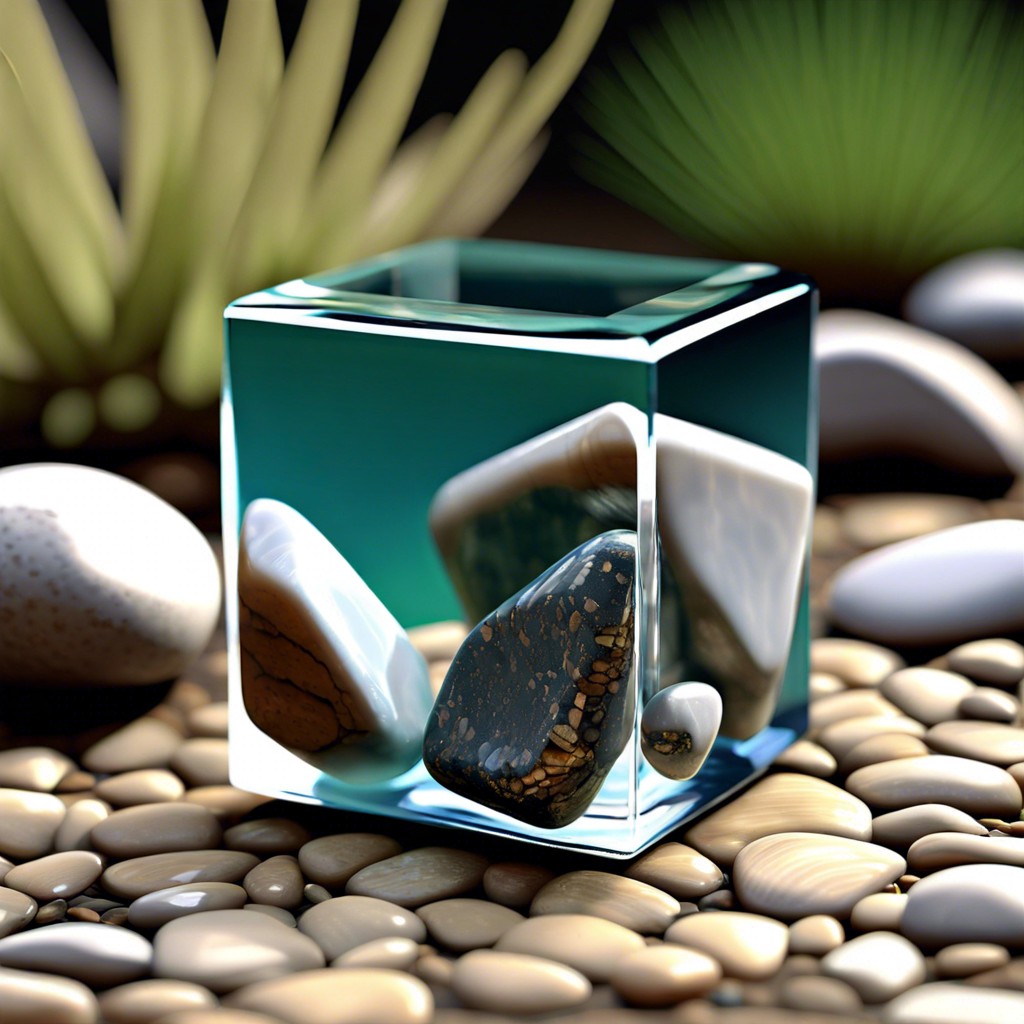Welcome to our comprehensive buying guide on selecting the right edging stones to enhance your garden’s aesthetic appeal and functionality.
Key takeaways:
- Concrete edging stones offer durability and versatility.
- Natural stone edging provides a timeless and organic aesthetic.
- Consider the materials’ durability and weather resistance before purchasing.
- Concrete is low maintenance and can be customized to match your garden.
- Natural stones vary in color, texture, and size, allowing for unique designs.
Types of Edging Stones

Selecting the right type of edging stones can enhance the beauty of your landscape while providing a practical solution to border delineation. Concrete edging stones are a popular choice due to their uniformity and versatility. Available in an array of colors and styles, they easily adapt to various design schemes and are particularly suited for contemporary garden layouts.
For those appreciating a more natural look, stones such as slate, flagstone, or limestone offer a rustic charm. Each piece possesses a unique shape and texture, contributing to an aesthetically pleasing, organic edge. These are particularly fitting for traditional or cottage-style gardens where a more natural and less structured appearance is desired.
Sandstone edging, with its warm tones, works well to complement lush greenery and brightly colored flower beds. The soft hues create a subtle transition between different areas of the garden. Granite, in contrast, offers a more robust option with its hardy properties and can sustain heavier traffic, making it suitable for edging driveways and high-footfall paths.
Whichever option you choose, ensure that it aligns with the aesthetic you aim to achieve and can endure the specific conditions of your outdoor space. Balancing form with function is key to selecting the perfect edging stones for your garden or path.
Concrete Edging Stones
Concrete edging stones offer a versatile and cost-effective solution for creating clear boundaries in your outdoor space. Their popularity stems from several key advantages:
Firstly, they’re incredibly sturdy. Once installed, they can withstand a significant amount of pressure, such as the weight of a lawn mower, without cracking or dislodging. This makes them an ideal choice for high-traffic areas in your garden or around your driveway.
In terms of maintenance, they score high marks as well. Concrete is non-porous and thus less susceptible to the growth of moss and algae, making it relatively easy to clean with just soap and water.
Moreover, concrete edging stones come in an array of designs, from smooth, modern finishes to styles that mimic the texture of natural stone. This diversity allows you to enhance your garden’s aesthetic without the higher cost of real stone.
Finally, they are generally easy to color or stain, offering the flexibility to match or complement the existing decor of your garden. This customization aspect is particularly appealing for those looking to create a cohesive outdoor design scheme.
Remember that while they’re heavy and require some effort to install, this weight contributes to their stability and longevity as a boundary marker in your landscape design.
Natural Stone Edging
Embracing nature’s raw beauty, natural stone edging creates a distinctly organic and timeless feel for garden boundaries and pathways. From elegant granite to rustic limestone and versatile slate, each type of natural stone possesses unique characteristics and patterns that can enhance the aesthetic appeal of your outdoor space.
When considering natural stones for edging, it’s important to factor in their inherent toughness and longevity. These stones have stood the test of time, and they can withstand harsh weather without losing their charm. However, their heavy weight may require professional handling during installation.
The variability in color, texture, and size with natural stones means no two pieces are identical, offering a chance to create a truly unique garden feature. The charm of natural stone edging lies in its ability to blend seamlessly with the surrounding environment, providing a subtle yet sophisticated frame to your garden beds or walkways.
Careful selection is key; for example, smooth river stones can impart a soft, curved border, while sharp-edged flagstones can deliver a more formal, geometric outline. It’s always worthwhile to consider the existing landscape and choose a stone that complements both your garden’s style and the local flora.
Materials and Durability
Edging stones, due to their outdoor placement, need to be tough enough to withstand various elements. Concrete variants are a popular choice due to their robustness. They can endure extreme temperatures, heavy rain, and even the weight of a lawn mower without cracking. That being said, their color might fade over time due to sun exposure; occasionally, they might need a fresh coat of sealant to maintain their appearance.
Natural stone options, such as granite or flagstone, offer a different kind of durability. Their ruggedness comes naturally, allowing them to blend seamlessly into the landscape. These stones resist weathering elegantly, often becoming more aesthetically pleasing over time. However, individual stones can vary in strength, so it’s essential to pick a type that’s known for its hardiness.
Whichever material you choose, always consider the local climate. In areas with frequent freeze-thaw cycles, materials that are less porous and more resistant to water absorption will serve you better. Over the years, the resilience of your edging stones can save you time and money on maintenance and replacements. Select wisely, and your garden’s edge can remain crisp and defined for years to come.
Weather Resistance
Selecting the right edging stones for your landscaping project is critical, particularly when considering their ability to withstand various weather conditions. Concrete options are favored for their resilience; they endure through harsh winters and torrid summers without significant wear. Conversely, natural stone presents an innate strength against the elements, conferring a timeless aesthetic that gracefully ages even as it battles the seasons.
Moreover, the durability of these materials is often enhanced with sealants that protect against moisture and prevent erosion. Quality installations contribute to weather resistance, too. Stones should be set firmly to avoid displacement by freeze-thaw cycles and heavy rains. By choosing wisely, homeowners can ensure their garden borders remain sharp and defined through the years, blending beauty with the fortitude against the whims of weather.
